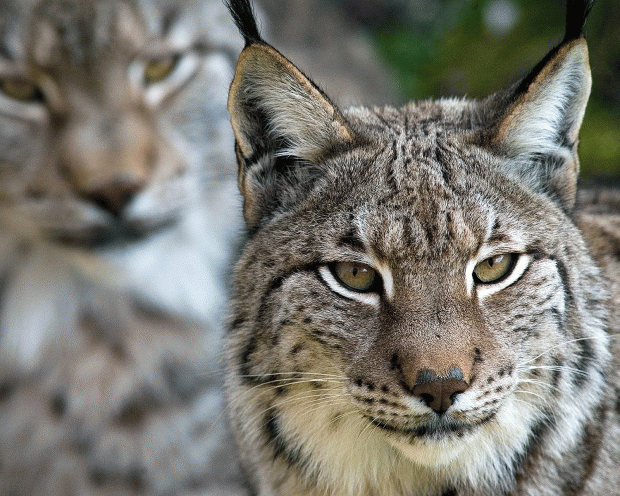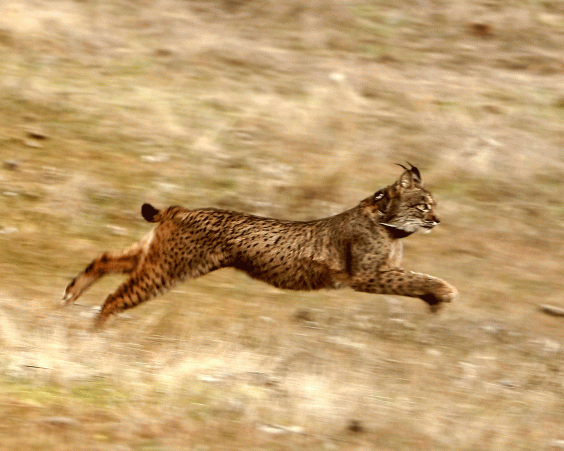
The numbers of Iberian lynx, which historically lived in Portugal and Spain, have tripled over just 15 years following programmes which sought to reverse the effects of forest destruction in those countries.
From fewer than 100 cats and only 25 breeding females in early 2002, numbers had increased to some 400 cats, mostly in southern Spain, by the end of last year, according to the BBC.
There were also smaller new populations of the cats in the hills near Toledo in south western Spain and in southern Portugal.
Now the Lynx UK Trust is hoping to return the Iberian lynx, which is smaller and has darker spots than the European lynx, for the first time in more than 1,000 years.
The organisation is applying for licences to release cats brought over from Romania at unfenced sites in Cumbria, Norfolk, Northumberland, Argyll and Aberdeenshire for a five year trial period.
Dr Paul O'Donoghue, adviser to the International Union for Conservation of Nature cat specialist group, said the plans were "incredibly exciting."
"The Iberian lynx project has been incredibly successful and we hope to emulate that in the UK," he told the BBC.
But farmers have expressed concern in the past at the threat the lynx could pose to livestock and grouse.
A spokesman for the National Farmers' Union told the International Business Times: "We believe budgets are better focused on developing existing biodiversity."
Yet supporters of the project have said that lynxes will aid other conservation projects by keeping rabbit and deer numbers under control.
The Iberian lynx mostly eats rabbits, unlike the European lynx. Although they are as big as a large dog and have sharp claws and teeth, they are not a threat to humans.
Hunting and intensive agriculture in Britain during the medieval period, meanwhile, saw the European lynx disappear far sooner from the UK at about 1,000 years ago.
source

No comments:
Post a Comment